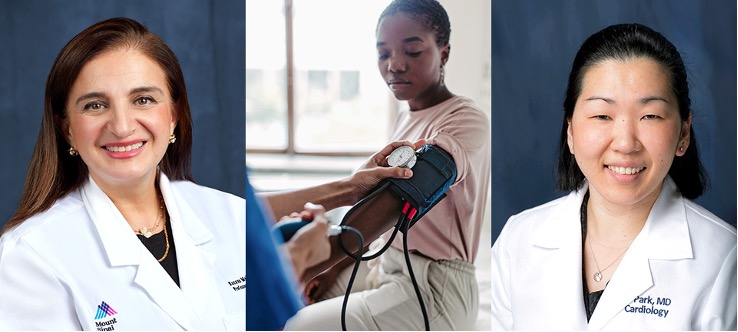Location, Location, Location
Ochoa had a vision that far outstripped the confines of her private practice.
She not only took on all the challenges that came with serving vascular patients in her practice but was also determined to make substantive changes to impact the communities she embraced.
“Having been on call at hospitals located on both the north side of the city, where our practice was, and the south side, it didn’t take long to realize there was not only disparate care being given depending on location, but there were different types of patients and even different outcomes,” Ochoa said.
“I was seeing younger and younger patients with uncontrolled type 2 diabetes and more diabetic amputations, heart attacks and patients on dialysis. I would see patients with diabetic ulcers on the north side, but not as many, and the patients weren’t as young.
“A lot of it didn’t seem to make strict medical sense. Surprisingly, private practice patients being seen on the south side of San Antonio were even sicker and had more uncontrolled diabetes, with worse complications, than uninsured patients I had seen in the Houston area public hospitals.”
Where Medicine and Geography Meet
Dr. Ochoa found herself asking the age-old question: Why?
“I needed to know why patients on the south side were experiencing worse outcomes than those on the north,” Ochoa said. “I ended up meeting several key leaders in San Antonio. Not medical doctors, but experts who could shine some light on this situation.”
One sociology professor, Christine Drennon, explained the history of segregation in San Antonio, how brown and black people were not allowed to buy homes in certain areas, which led to wealth and health disparities.
“She told her story using maps, showing the areas starting in the 1930s where these people were limited in where they could buy homes. What was shocking to me, as I was looking at the redline map, was that it looked exactly like a map I had made setting out diabetic amputation rates in different San Antonio zip codes.
“That’s when I asked myself how is it that what was intentional segregation and racism back then, with its resulting lack of investment in infrastructure, could still influence healthcare outcomes today?
“I think that was the most eye-opening part for me.”











FOLLOW ABBOTT